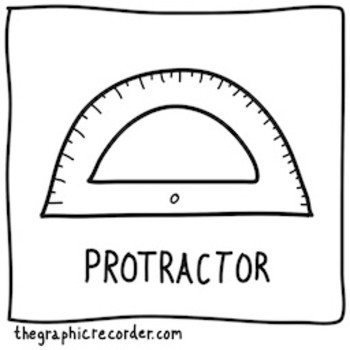What are the three substances that are produced when water molecules are broken down during the light reactions?
1 Answer
Aug 3, 2018
Explanation:
Each water molecule contains two hydrogen atoms and one oxygen atom; two hydrogen-oxygen covalent bonds hold these atoms in place. Certain high-energy ultraviolet radiations carry sufficient amounts of energy to break these bonds ("bond cleavage,") eventually breaking the molecules.
Depending on the energy of the radiation, two types of bond fissions might ensue:
- homolytic cleavage
(with the oxygen atom taking away both bonding electrons)
produces two oppositely-charged ions#"OH"^(-)# and#"H"^(+)# - heterolytic cleavage
produces two radicals:#"H" cdot# and#cdot "OH"#
The hydrogen-oxygen bond is highly polar such that heterolytic fission is energetically favored over homolytic fission.
Reference
"Heterolysis(Chemistry)", https://en.wikipedia.org/wiki/Heterolysis_(chemistry)

